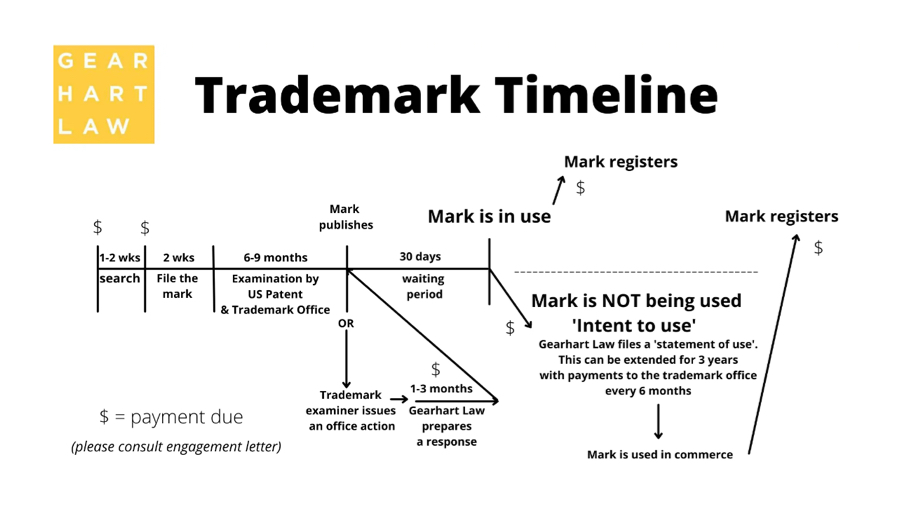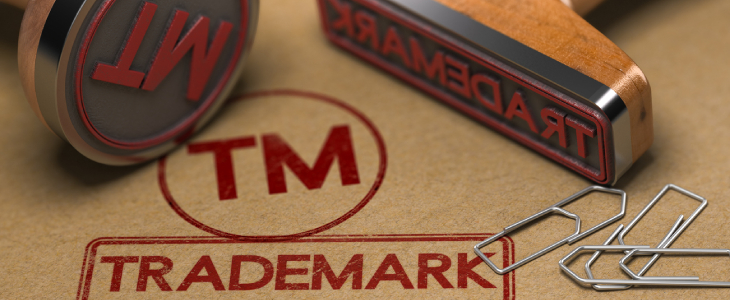Trademarks serve as the cornerstone of brand identity, distinguishing products and services in the marketplace. They are vital tools for businesses to claim and protect their unique symbols, names, and slogans. Effective management of these assets not only fortifies a brand against unauthorized use but also builds customer trust and loyalty. As the landscape of commerce grows increasingly competitive, the strategic use of trademarks becomes essential for any business aiming to safeguard its market position.
What Is a Trademark?
A trademark is a distinctive sign or indicator used by an individual, business organization, or other legal entity to identify that the products or services to consumers with which the trademark appears originate from a unique source and to distinguish its products or services from those of other entities. Trademarks are typically names, words, phrases, logos, symbols, designs, or a combination of these. They are used to legally protect the company’s name and brand, which are critical to a company’s reputation and brand identity. A trademark does not have to be registered to offer some level of protection, although a registered trademark provides greater legal safeguards.
Registering a trademark confers an exclusive right to use the mark in relation to the products or services for which it is registered. This can be a company logo, a jingle, a particular font, or even a color scheme that relates to a brand, like the iconic red and white of Coca-Cola. By serving as a symbol of the quality and origin of a product, trademarks play a pivotal role in consumer decision-making. Trademark law seeks to balance the interests of businesses in protecting their brand investments and the interests of consumers in preventing confusion about the origins of goods and services.

The Benefits of Registering a Trademark
Registering a trademark at the United States Patent and Trademark Office (USPTO) grants the owner the exclusive rights to use the mark in connection with the goods or services listed in the registration, establishing the legal presumption of your ownership and your exclusive right to use the mark nationwide on or in connection with the goods/services listed. This exclusivity is a powerful tool in safeguarding a brand, as it can be instrumental in preventing others from using a confusingly similar mark in a way that could deceive consumers or dilute the brand’s strength. Moreover, a registered trademark can be a valuable asset, increasing the overall worth of the business as it can be licensed, franchised, or even sold, providing an additional revenue stream.
Another compelling benefit is that a registered trademark can serve as a deterrent to potential infringers, who may be less likely to use a similar mark if they know it is registered and protected by law. Should infringement occur, registration provides you with stronger legal remedies, including the possibility of federal court jurisdiction, the ability to recover lost profits, damages and costs, and, in some cases, punitive damages and attorney’s fees.
The Trademark Examination and Registration Process
The trademark registration process begins with a comprehensive search to ensure the desired mark is not already in use for similar goods or services. This search can be complex, requiring a detailed examination of the database of the United States Patent and Trademark Office (USPTO) and other sources to avoid potential conflicts. An application must then be filed with the USPTO, which includes the mark, a list of the goods or services it will represent, and a specimen showing the mark in use.
The USPTO then reviews the application to determine if it meets the requirements for registration. Trademark examination by a trademark examiner is a critical phase in this process of securing a trademark. This examination involves assessing the trademark’s distinctiveness, checking for any conflicts with existing trademarks, and ensuring compliance with all legal requirements. The examiner evaluates whether the trademark is likely to cause confusion among consumers and verifies its suitability for registration.
If there are any issues, the examining attorney will issue an Office Action, requiring a response to address the objections. If the application overcomes all objections, the trademark is published in the Official Gazette to allow any third party who believes they may be harmed by the registration to oppose it. Following this publication period without opposition, and provided that all statutory requirements are met, the USPTO will officially register the trademark, granting you exclusive rights to its use for the classes of goods or services noted in the registration.
The Importance of Trademark Monitoring
Effective trademark monitoring is essential in safeguarding a brand’s identity and legal rights. This process involves vigilantly tracking existing and new trademark filings to detect any potential infringements or conflicts. Regular monitoring not only helps in identifying unauthorized uses of a trademark but also in spotting applications that might be confusingly similar to your own, both domestically and internationally. Staying proactive in trademark surveillance allows businesses to take timely legal action to protect their brand. It is a crucial step in maintaining the uniqueness and integrity of a trademark, ensuring that the brand’s value and reputation are not diluted in the competitive marketplace.
Understanding Trademark Infringement
Trademark infringement occurs when an entity uses a mark that is identical or confusingly similar to a registered trademark without authorization, in a way that may cause confusion, deception, or a misunderstanding about the source of the goods or services. The test for infringement hinges on whether consumers would likely be confused about the origin or sponsorship of the goods or services offered under the mark. This confusion can diminish the value of the original trademark by eroding its unique association with the products or services it was intended to identify, potentially causing a loss of sales or harm to the reputation of the original trademark owner.
To legally challenge and pursue remedies for trademark infringement, the holder must prove that they have a valid, protectable trademark and that the infringer’s use of a similar mark is likely to cause confusion among consumers. If infringement is proven in court, the remedies may include an injunction to stop further use of the trademark, monetary relief such as the defendant’s profits, damages sustained by the plaintiff, and the costs of the action. In some cases, the court may also award punitive damages to deter future acts of infringement.
International Trademark Protection
International trademark protection is crucial for businesses operating across borders, allowing them to safeguard their brand in multiple countries through streamlined processes. One primary mechanism for such protection is the Madrid Protocol, which offers a centralized system to file for trademark protection in over 120 member countries with a single application. By filing one application with the International Bureau of the World Intellectual Property Organization (WIPO), businesses can significantly reduce the complexity and expense of obtaining international trademark registrations.
Contact a Trademark Attorney at Gearhart Law
In the arena of brand management and protection, a nuanced understanding of trademark law is indispensable. As you endeavor to fortify the identity and integrity of your brand, our experienced legal team at Gearhart Law can guide you through every step of securing and enforcing your trademark rights. Please reach out to us for personalized counsel and robust legal strategies tailored to safeguard your brand’s future in the marketplace.

